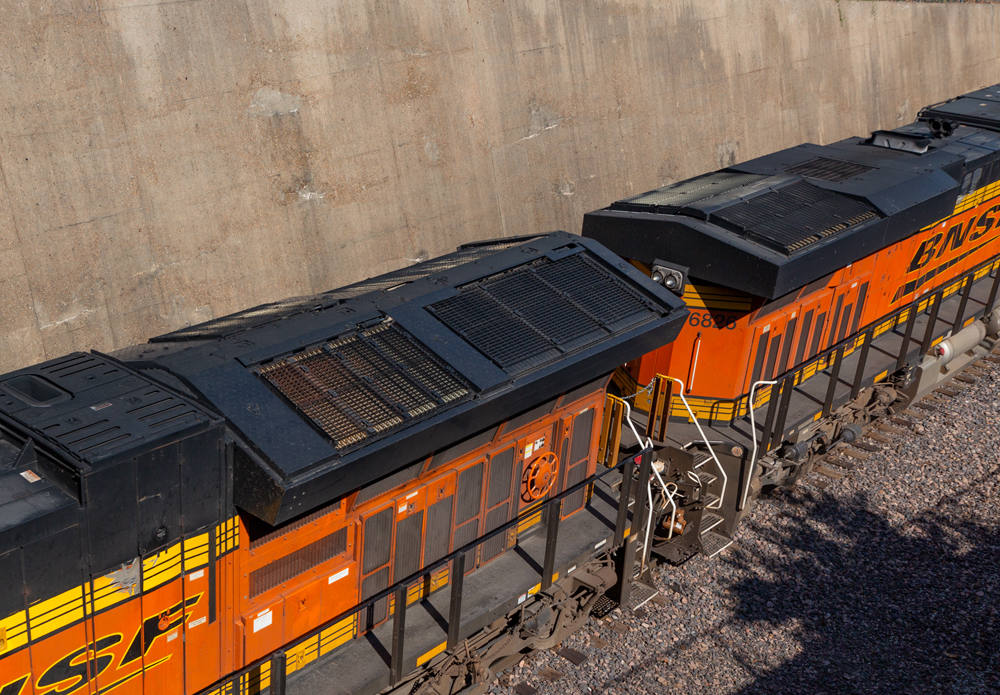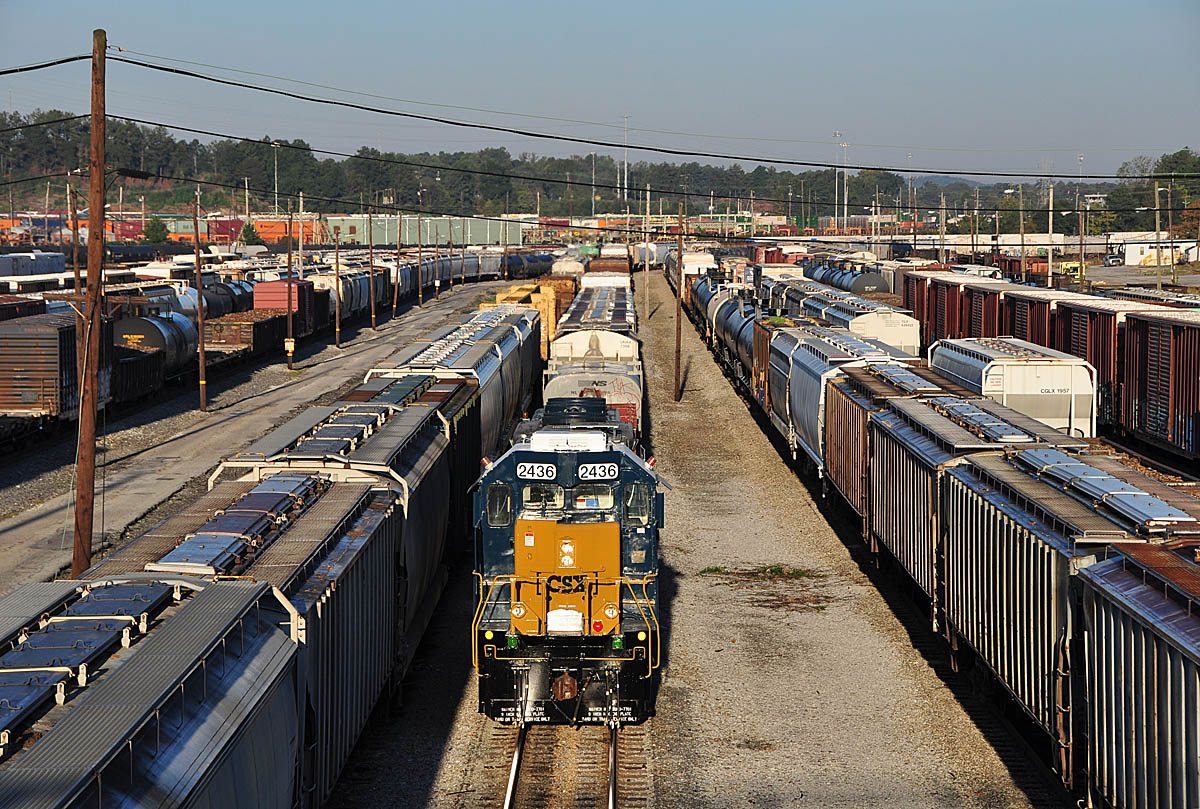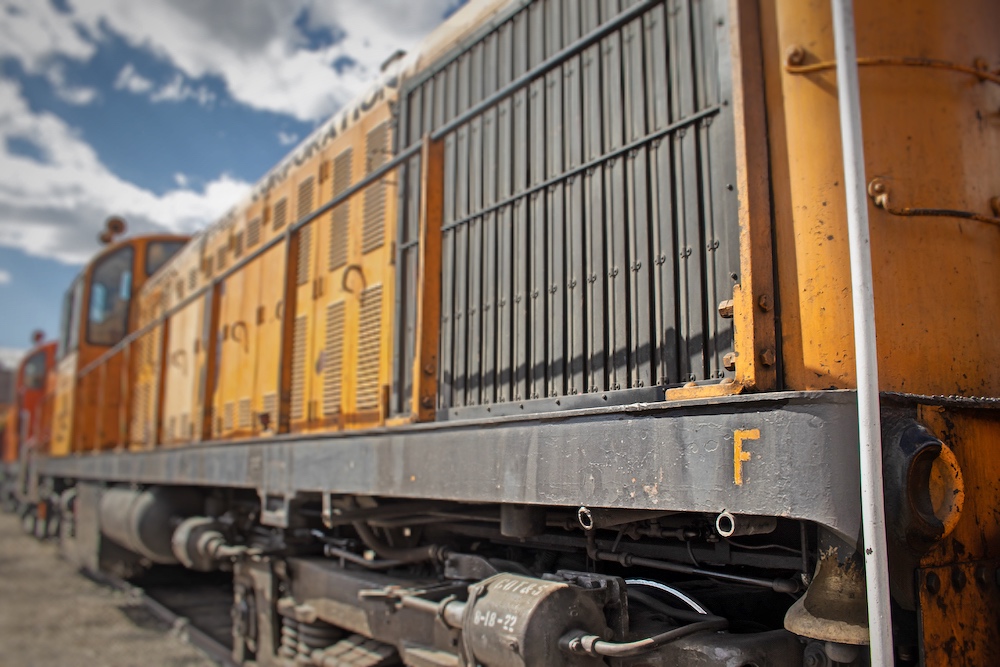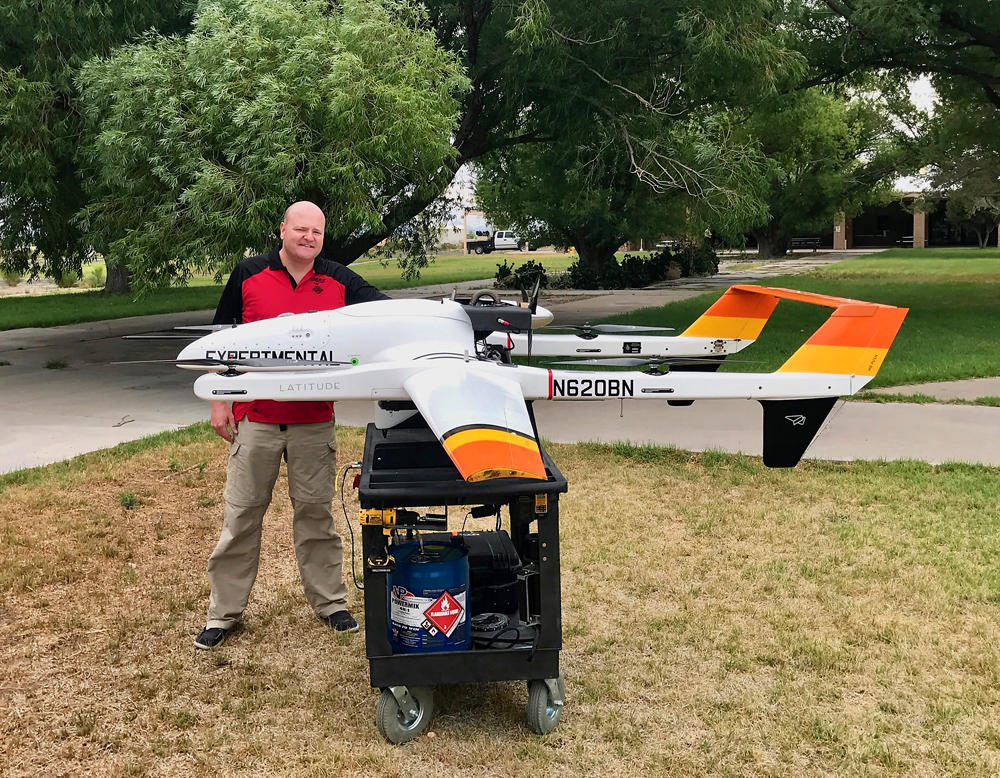Keep your diesel cool

Cooling has always been one of the most important aspects of a locomotive. Simply put, the higher the horsepower, the more cooling a locomotive needs. With the implementation of emission regulations over the last several decades, the amount of cooling has increased to meet requirements at each of the four levels of new-locomotives standards.
A radiator system has always been present on a locomotive and is intended to keep the engine operating at the same temperature, regardless of the ambient air temperature outside. This allows for maximum horsepower to be available at all times, extending the life of the engine and its lubricants. Using shutters to control the air flow, different size cooling fans and number of blades on each fan can also control the amount of cooling available to the radiator system.
The vast majority of locomotives today utilize simple tap water for coolant in their radiator systems. Water is much more efficient at transferring heat than a mix of water and antifreeze that’s typically found in your car’s radiator system. Benefits of using water include allowing the overall size of the radiator system to be smaller due to its higher efficiency; the lower cost of water compared to an antifreeze/water mixture; and water’s ubiquity across North America. Any garden or water hose that can reach a locomotive can add fluid to the radiator system in a pinch.
Emission requirements for new locomotives have increased over the years from the least restrictive Tier 1 to the most recent Tier 4, implemented in 2015. Over time, multiple cooling loops have been added to allow various systems and components to utilize cooling water at different temperatures. Additional equipment for higher-tier levels have introduced such things at heat exchangers, intercoolers, exhaust gas recirculation coolers, and additional cooling fans to reduce the heat in both the engine, fluids, and combustion air to reduce pollutants in the exhaust.












